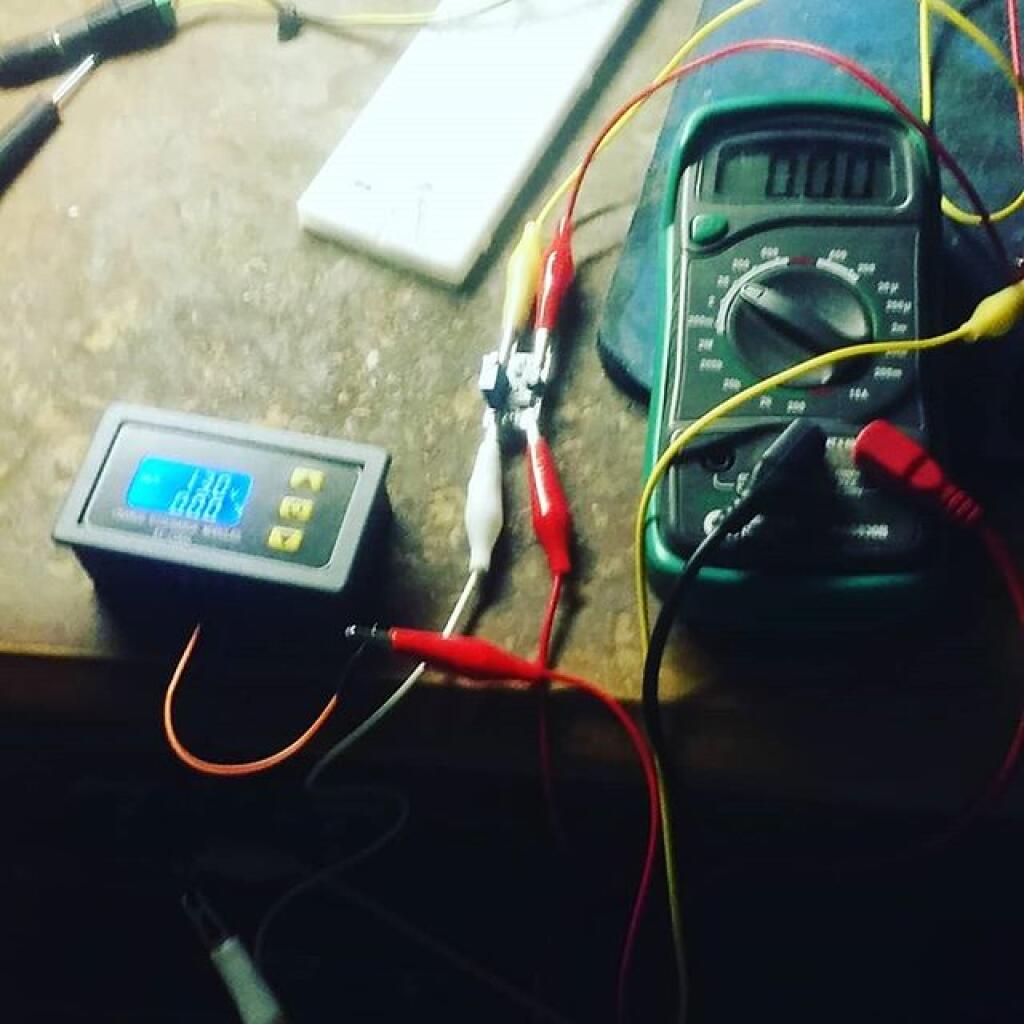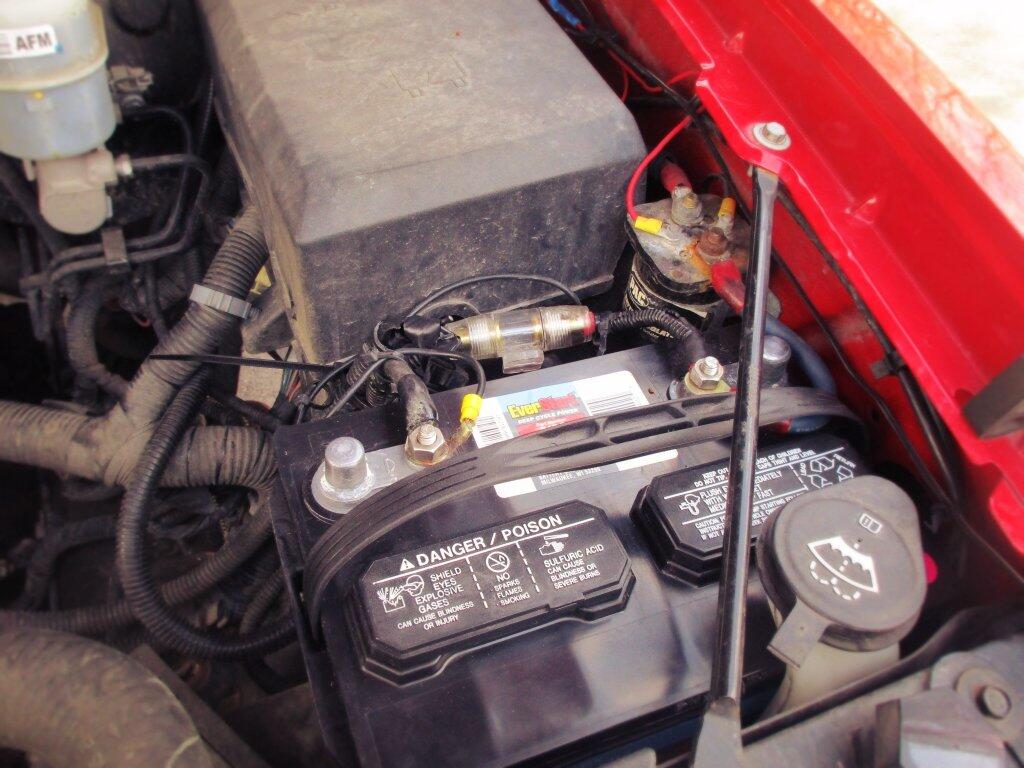It seems like that voltage switch will work well for my purposes…
While I’m using it to connect the solar and accessory batteries to the starting battery, I am using it in the voltage discharge monitoring (out) mode rather than the charge mode, because that mode makes the most sense for my purposes.
The low current internal relay in the device is switched on the positive side which means that I can easily excite the big relay that is between the starting and accessory batteries. I wasn’t sure until I tested it – a lot of transistors are NPN sink current so they operate on the negative side.
Settings I’m planning on using in Out Mode:
- Upper Voltage – 14.0 (maximum is 60 volts)
- Lower voltage – 13.2 (minimum is 6 volts)
- FON (First On, aka ignore initial voltage sag due to inductive start up load) – 10 seconds (maximum is 10 seconds)
- PON (Pause On, aka delay before re-closing relay to avoid burning contacts) – 300 seconds or 5 minutes (maximum is 999 seconds or 16.6 minutes)
How it works in the out mode I’m using …
The solar panel in the sun produces a rising voltages as the accessory batteries charge. The voltage switch monitors the voltage on the accessory system until the upper voltage is reached (which I set at 14.0 volts).
At the point the upper voltage is reached, internal relay closes, which sends a positive voltage to the positive output terminal. That via an exciter wire and a diode will active the main relay in the truck connecting the starting battery to the accessory system and the solar panel.
The FON (First ON) countdown begins, displayed on the screen and ongoing for the ten seconds I set it to. The voltage switch will temporarily ignore any temporarily voltage drop during the FON interval to ensure its not accidentally shut off.
Once FON countdown is done the relay will remain closed and solar power will flow from the panel to the starting battery until the input voltage drops to the set lower voltage, which I set to 13.2 volts. Once the lower voltage threshold is reached the relay will open. The exciter line will be off and the starting battery will be disconnected from the accessory batteries to avoid discharge from accessory loads when the panel doesn’t have excess current to spare.
Once the low voltage threshold is reached, the switch enters the PON (Pause ON) mode for the 300 seconds or five minutes I set it to – and is displayed as a countdown on the screen. During this period the voltage switch will not reclose even if the voltage does once again go above 14.0 volts to protect the relay from excessive switching on and off due to variable lighting conditions or other factors that could cause the voltage to fluctuate.
After the 300 second PON delay I set is over, the voltage switch will monitor the voltage and once it’s over 14.0 volts the process starts all over again.




